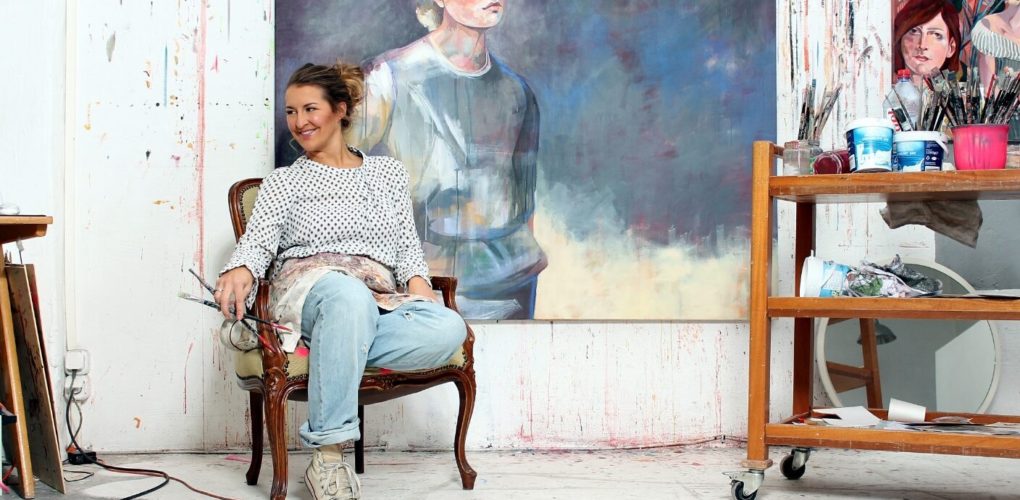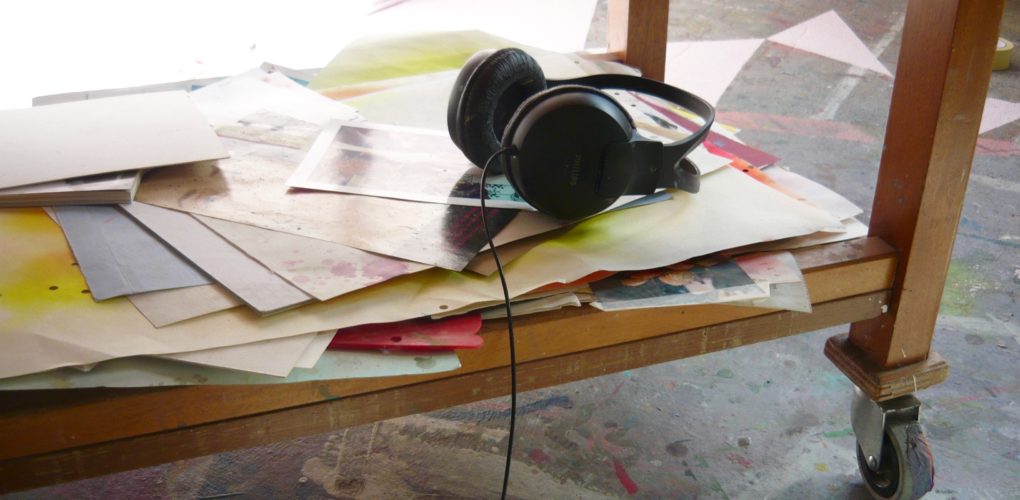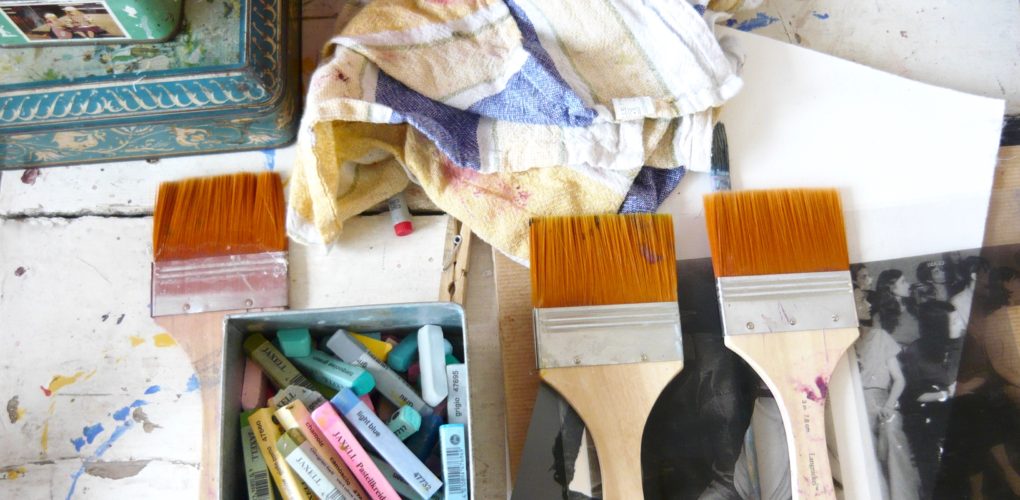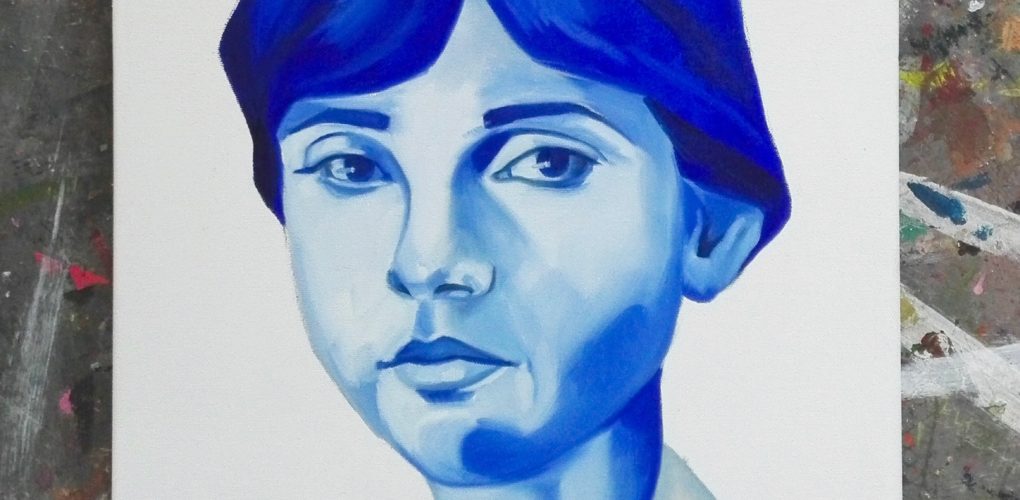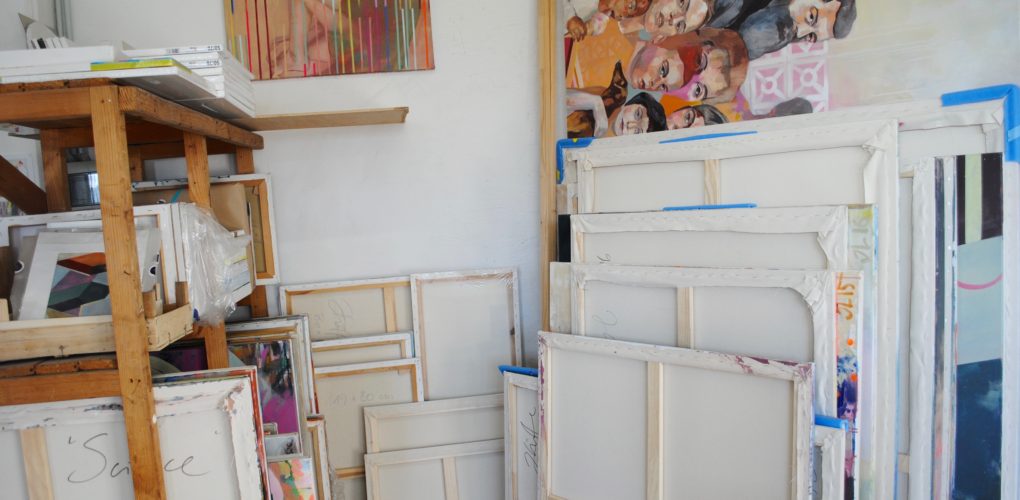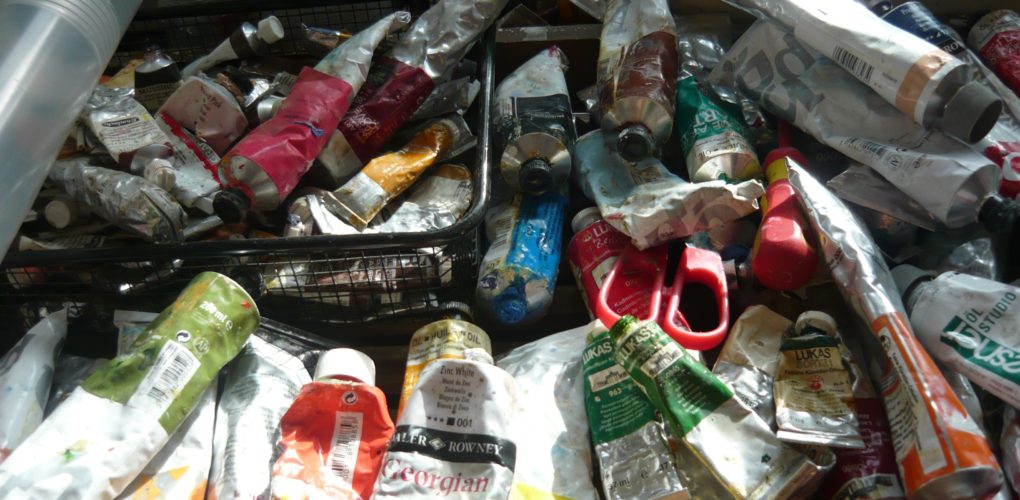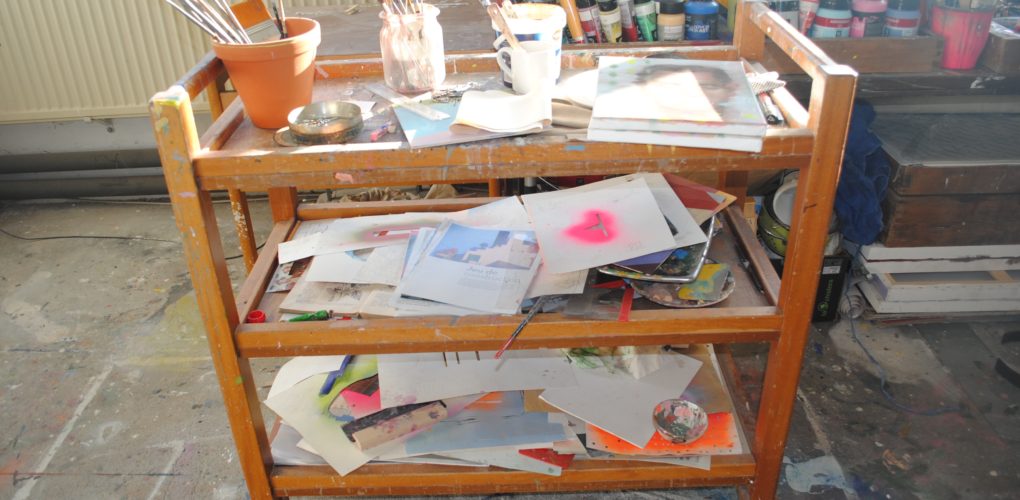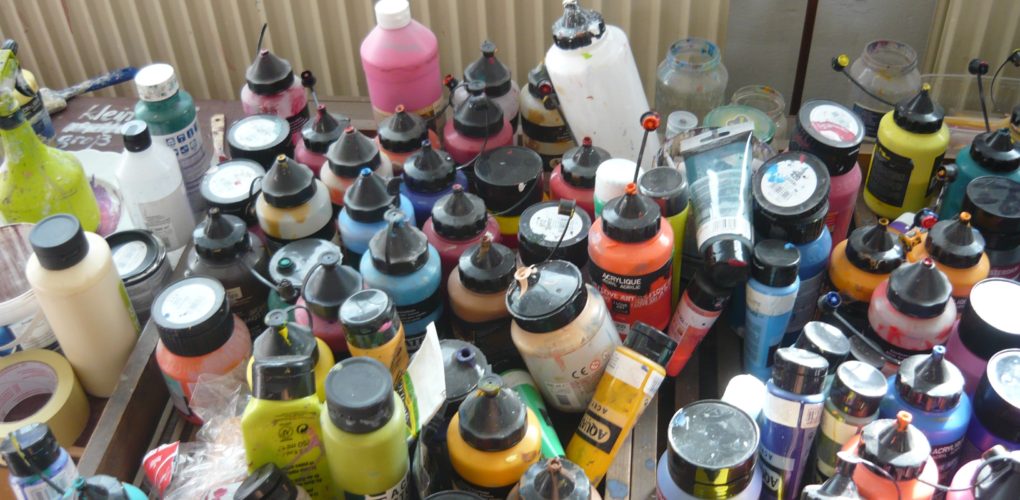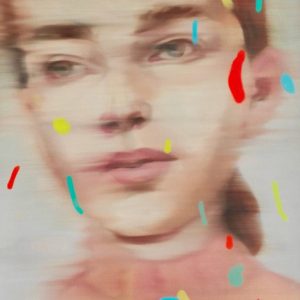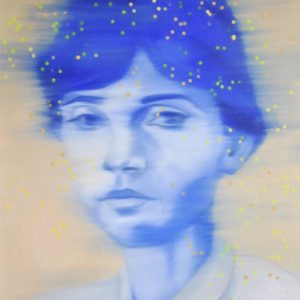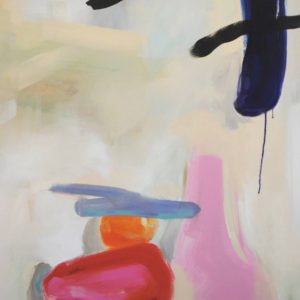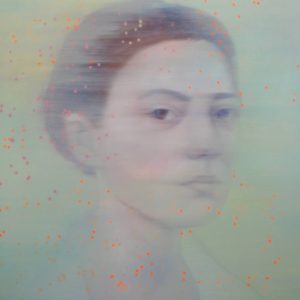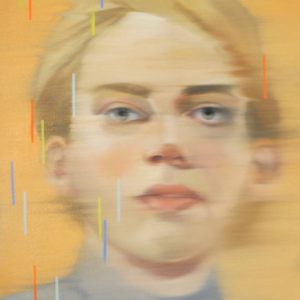One to Watch
 Johanna Bath’s paintings capture the passing of time
Johanna Bath’s paintings capture the passing of time
Johanna Bath is fascinated with time as it relates to the human condition. She aims to make this universal construct more tangible to us in her Blurry series of portraits, in which partially obscured subjects mirror the passing of time. These paintings offer an alternative to traditional portraiture, highlighting the ephemerality of human presence and fading memories. Her practice is also informed by intuition and spontaneity, as shown by a play with overlapping colors and forms.
Johanna studied Illustration and Design at the Bildkunst Academy and the University of Applied Science in Hamburg. Her works have been exhibited in solo and group shows in Germany at galleries including Stadthausgalerie, Landesarbeitsgericht, and Art Fair Hamm. She is currently preparing for an upcoming group exhibition at the Space for Contemporary Art Laurentiu Feller.
What are the major themes you pursue in your work?
I’m totally fascinated by the idea of time, how it affects us in our lives and how timing and our fate as humans is determined by it. I like the idea that everything in this universe is connected with each other like meshwork, I try to examine coherences and translate them into art.
How did you first get interested in your medium, and what draws you to it specifically?
My love for painting goes way back to when I was studying Design at Hochschule für Angewandte Wissenschaften in Hamburg. I just couldn’t paint faces properly so I forced myself to copy paintings at the Hamburger Kunsthalle until there was some improvement. I remember exactly that moment when it felt like the figure in the painting was staring back at me and there was something very beautiful, poetic, and special about that connection. I love that with only paint and a flat canvas, it’s possible to create a voice that has an impact on the viewers emotions and – in the best case – touches him.
How has your style and practice changed over the years?
I started out with acrylics exclusively and never even considered oil paint as a medium. But then I was given boxes full of oil paints from an artist who retired so I started playing around with them also and loved the texture. When I feel like my paintings are getting stiff and start to look forced, I like to loosen up by painting something abstract or minimalistic without overthinking what I am doing. I always find new energy by that, and sometimes great color combos pop up accidentally. Also, I don’t think about what I’m doing as much as I used to. The thought of having to explain a painting has always been intimidating and felt like a creative block. Once you realize that as a painter, making art is your job, not explaining art, everything falls into place.
Can you walk us through your process? Do you begin with a sketch, or do you just jump in? How long do you spend on one work? How do you know when it is finished?
I start with going through my massive collection of photographs and magazines and choose a face that somehow speaks to me or attracts my attention. Then I’ll transfer it with charcoal to the canvas and do some alterations or change details. I’ll start painting, mostly in one session, which is 5-8 hours. When the paint is still pretty wet I’ll take a dry brush and pull it through the paint, destroying the realistic image and trying to get a blurred effect. This is the most difficult step as it sometimes won’t work due to the consistency of the paint or an uneven surface and I might have to remove all the paint and start all over. I like the challenge and the fact that it’s impossible to predict what the painting will look like. When it works, it’s like magic. I let the piece dry and add a pattern or some shapes or dots with a stencil and spray paint.
Who are your favorite artists, and why?
Franz Hals and Caravaggio for painting faces and human skin so beautifully, Max Beckmann, Manet and Felix Vallotton for shapes and color, Bacon for his bold and raw beauty, Neo Rauch for making nightmares look so fascinating, Gerhard Richter for his diversity, Dana Schütz for painting courageously anything, Peter Doig for his layering and his ability to capture the human condition so poetically, Michaël Borremans for his ability to combine tradition and presence effortlessly – the list goes on but these are probably my favorites.
What was the best advice given to you as an artist?
When I just started painting I was very unsure and uneasy about what to paint. I came across a quote by Jim Jarmusch about originality, which probably saved my life. I realized that every creative takes inspiration from others and mixes them with their ideas. Take everything you like in the work of others and make it your own – and eventually your style will evolve from there.
